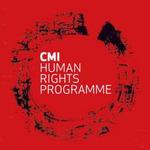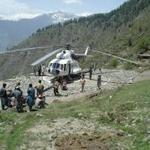Review of Norwegian Earthquake Assistance to Pakistan 2005 and 2006
How to cite this publication:
Arne Strand and Kaja Borchgrevink (2006). Review of Norwegian Earthquake Assistance to Pakistan 2005 and 2006. Bergen: Chr. Michelsen Institute (CMI Report R 2006: 18)
The massive earthquake that struck northern parts of Pakistan and India on 8 October 2005, led to the loss of more than 75 000 lives, 100 000 were severely injured and 2.8 million were left without shelter. The relief response was immediate but demanding. It was a race against time to provide assistance before the onset of winter and to reach the most remote areas. The Norwegian Government responded quickly, and prioritised support to Norwegian NGOs with prior experience and networks in Pakistan, Pakistani NGOs with a strong local presence and UN agencies. The total Norwegian earthquake assistance was NOK 522 million, and was generally judged to be delivered in a professional, effective and efficient manner. The new UN Cluster approach was tested in Pakistan. Cluster Heads assigned responsibilities as to agencies with technical expertise, while OCHA had an overall coordination responsibility. This evaluation finds that while the cluster approach improves the relief work, there are a number of weaknesses identified which needs further attention. An important weakness in the current response was that gender issues and women were not prioritised, despite the fact that women had taken on much of the early relief responsibility in the villages, and were particularly vulnerable in the camp environment.

Human Rights Programme









